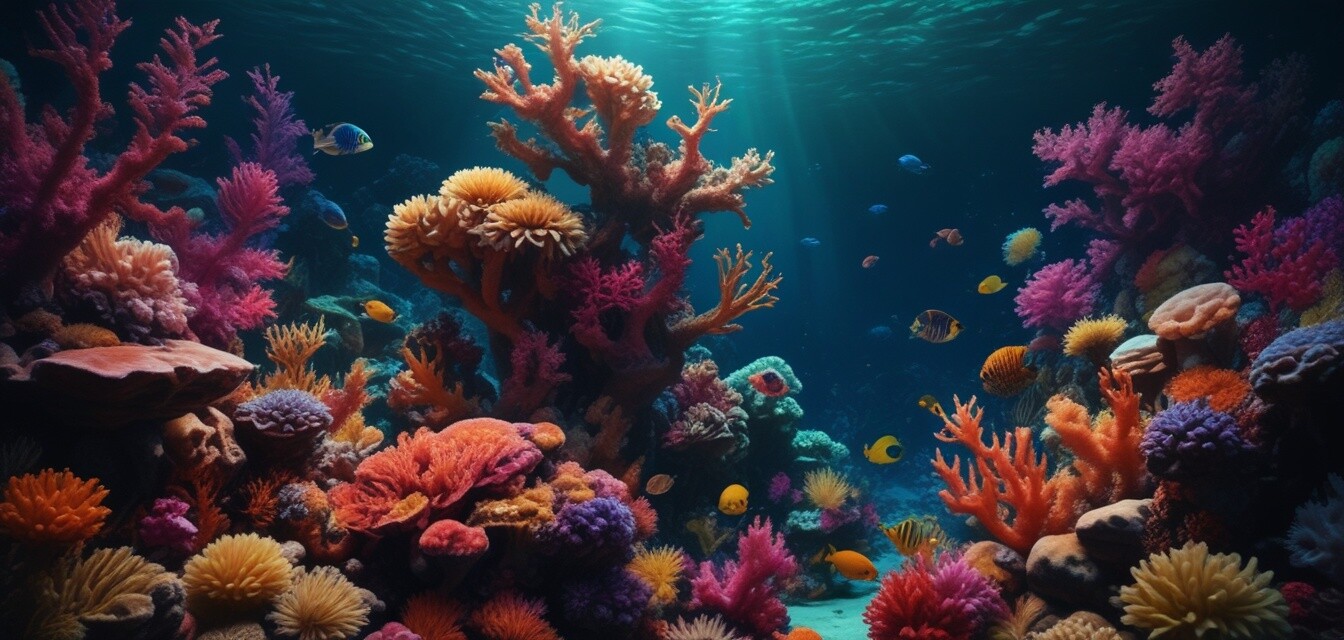
Strategies for capturing underwater nightlife
Key Takeaways
- Understanding your camera settings is essential for low-light photography.
- Using artificial lighting effectively can enhance colors and visibility.
- Prioritize safety while diving and photographing at night.
- Choose the right underwater gear for optimal results.
- Practice patience and observation to capture elusive marine life.
Capturing underwater nightlife presents unique challenges and breathtaking opportunities. The world beneath the waves teems with life that emerges after sunset, and with the right photography techniques, you can document extraordinary nocturnal creatures. In this guide, we will explore effective strategies to help you succeed in underwater photography during the night.
Understanding the underwater environment at night
Nighttime underwater photography requires a different mindset compared to daylight photography. Familiarizing yourself with how light behaves underwater is crucial. Here are key factors to consider:
- Water clarity: Fine particles can scatter light, affecting image quality.
- Color absorption: Red wavelengths fade quickly, making reds and oranges scarce at depth.
- Marine life behavior: Nocturnal creatures often have distinct patterns; knowing these can enhance your chances of capturing them.
Essential gear for underwater night photography
Using the right gear is vital for success. Here’s a breakdown of the essential equipment:
| Equipment | Purpose |
|---|---|
| DSLR or mirrorless camera | Allows for manual settings control. |
| Wide-angle & macro lenses | Best for capturing a variety of subjects. |
| Underwater housing | Protects your camera from water damage. |
| External lights or strobes | Enhances visibility and color saturation. |
| Safety equipment | Ensures safe diving conditions. |
Camera settings for low light underwater photography
Mastering camera settings is crucial for nighttime underwater photography. Here’s a quick guide to the settings you should focus on:
- Aperture: Use a wide aperture (low f-stop number) to allow more light.
- ISO: Adjust ISO settings to strike a balance between light sensitivity and noise.
- Shutter speed: Use a slower shutter speed to let in more light, but ensure stability to prevent blurriness.
Techniques to improve your underwater nightlife shots
Finding the right techniques can make all the difference. Here are some practical tips:
Tips to consider:
- Use artificial lighting to illuminate your subjects effectively.
- Keep your camera steady by using a tripod or stabilizer specific for underwater photography.
- Get close to your subjects to avoid the scattering of light from particles in the water.
- Pay attention to the composition; leading lines and the rule of thirds can help enhance your images.
Safety precautions for nighttime diving
While the thrill of underwater photography at night is unmatched, safety should be your priority. Here are essential safety tips:
- Always dive with a buddy and ensure clear communication.
- Make sure to have a reliable light source to navigate effectively and safely.
- Plan your dive thoroughly to avoid potential risks and complications.
- Be aware of your surroundings and the marine life present to prevent accidents.
Conclusion
Embarking on underwater photography at night can be an exhilarating experience, offering unique opportunities to capture the beauty of marine life that thrives after sunset. By understanding your gear, mastering camera settings, employing effective techniques, and maintaining a focus on safety, you will significantly enhance your ability to take stunning photographs of underwater nightlife. For more tips and guidance, explore our collection of resources in our Tips and Techniques section.
Pros
- Unique underwater visuals and experiences.
- Opportunity to observe rare nocturnal marine life.
- Enhanced color saturation with proper lighting techniques.
Cons
- Requires additional gear and investment.
- Potential risks involved with night diving.
- Challenges with visibility and light control.

